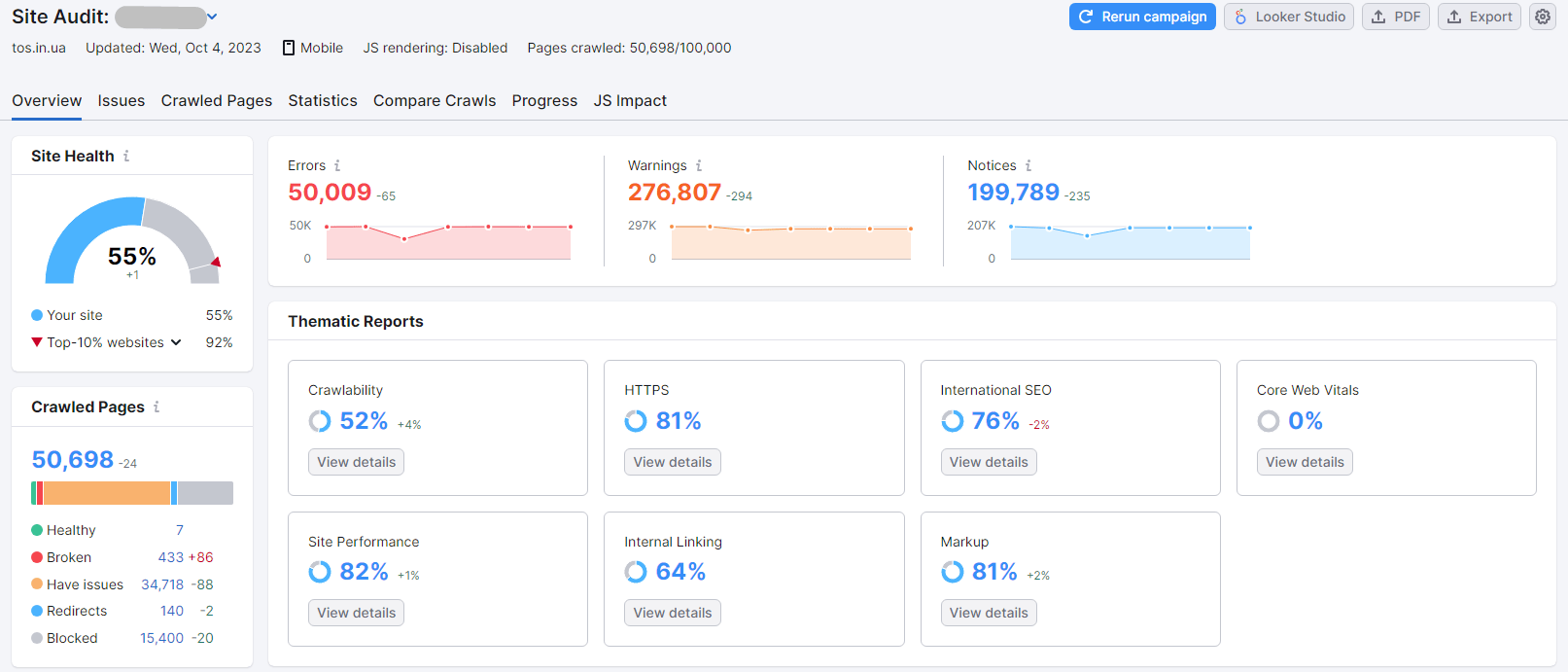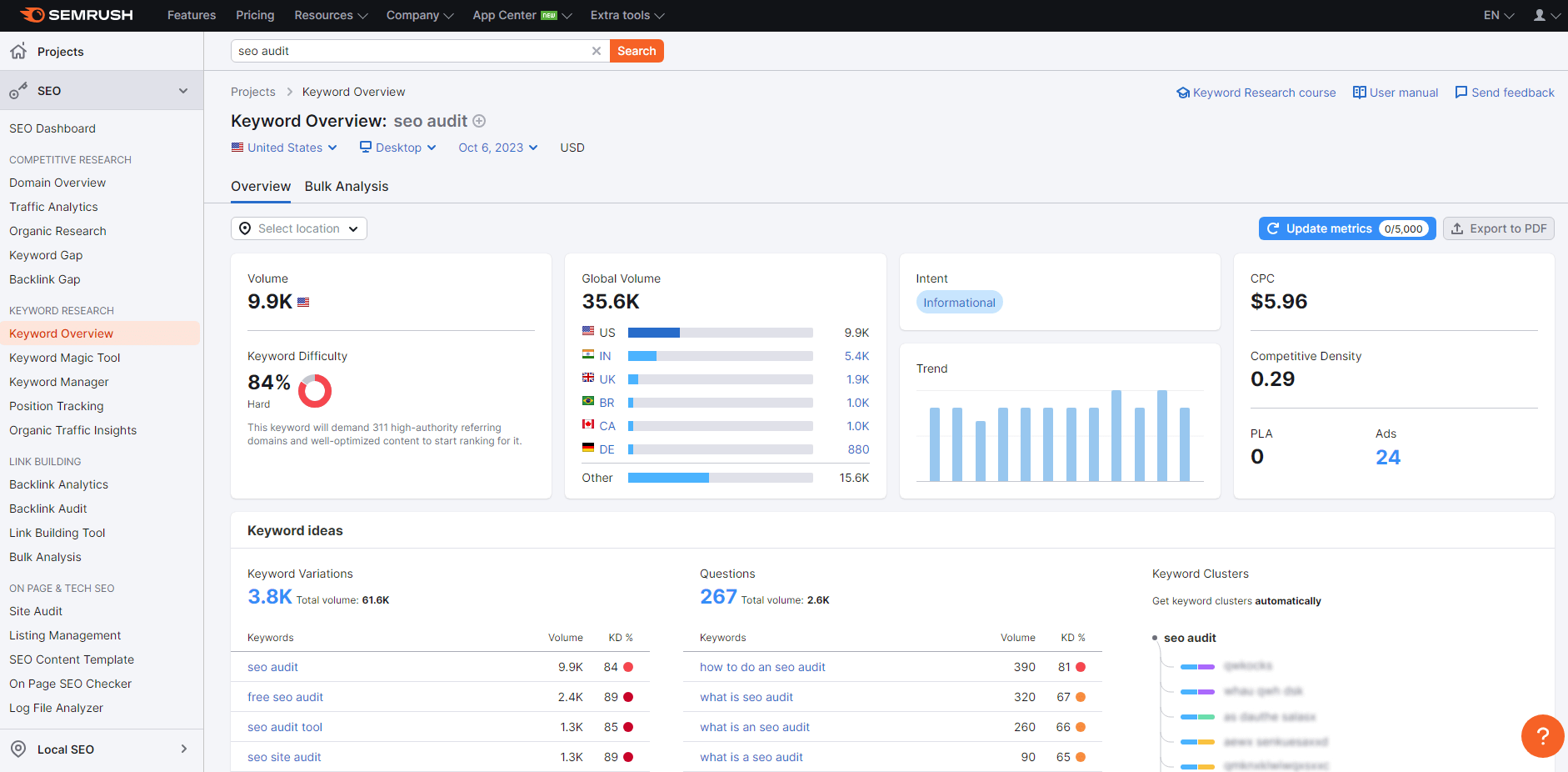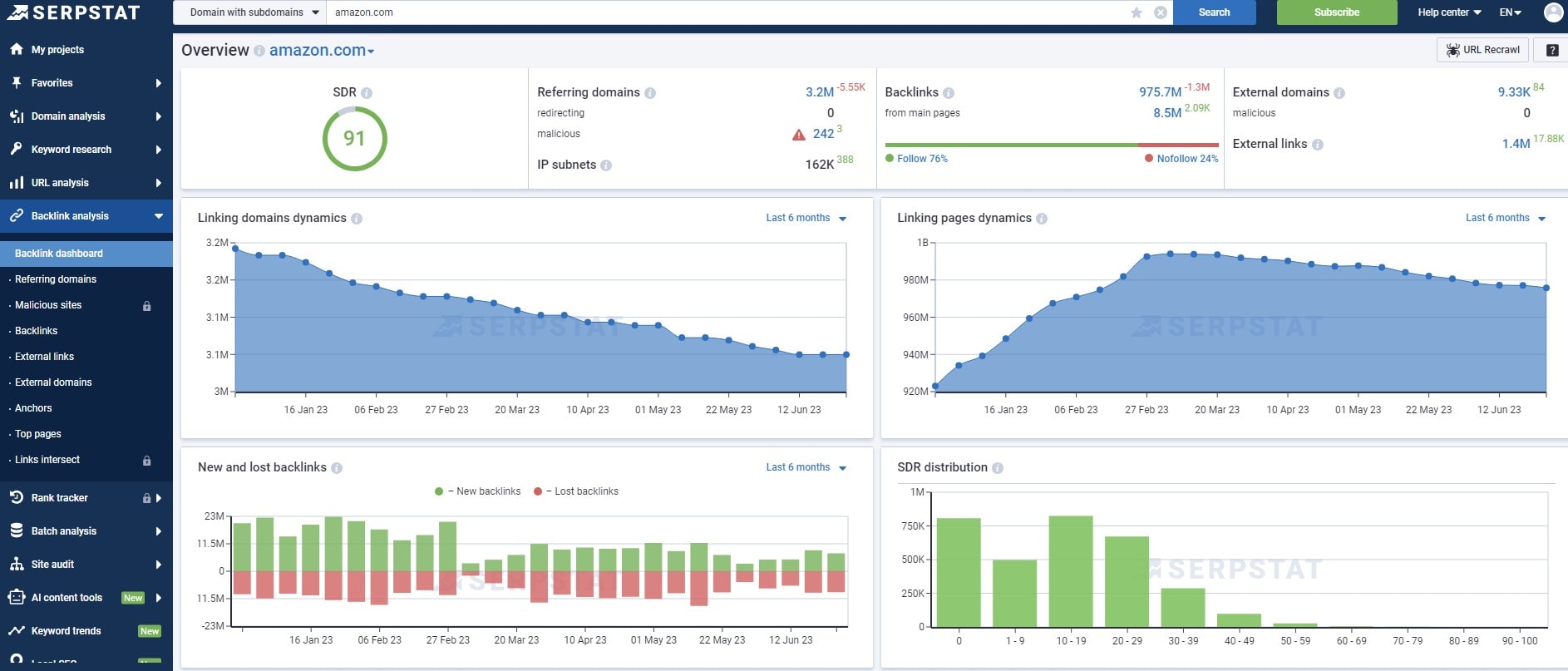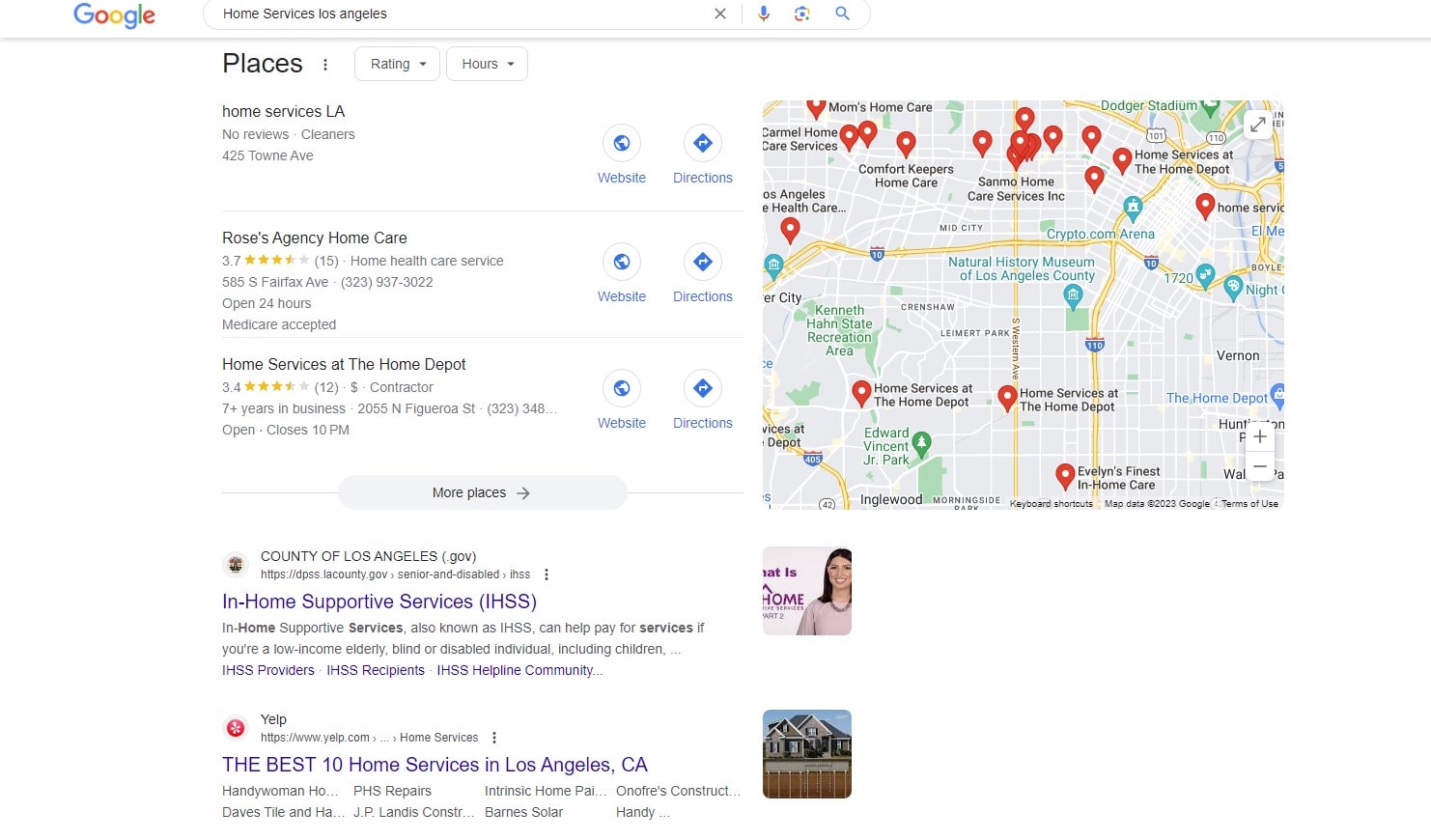Navigating the intricate maze of SEO demands not only expertise but also a stellar monthly report to guide your strategic decisions. This document operates like a GPS for your digital marketing journey—pinpointing where you’ve excelled and where adjustments are crucial.
Key Template Components:
- Traffic Metrics: Break down organic, referral, and paid traffic.
- User Engagement: Include bounce rate, average session duration, and pages per visit.
- Conversion Data: Highlight the rate, cost per conversion, and revenue generated.
- Local SEO Metrics: If applicable, include local keyword performance and Google My Business data.
- Recommendations & Action Items: Offer actionable insights for improvement, such as keyword targeting or content revision.
Optimize your efforts further with the Plerdy SEO Report tool, ideal for enhancing your Conversion Rate Optimization (CRO) and User Experience (UX). 🔎

By integrating these elements into your monthly SEO report, you empower your team to deploy razor-sharp strategies that cut through the competition. You’ll also provide stakeholders with the clarity they crave, stripping away ambiguity in favor of data-driven guidance. Light the way with a well-crafted monthly report—your roadmap to SEO mastery. ?
Purpose of a Monthly SEO Report
In the rapidly evolving landscape of digital marketing, a monthly SEO report serves as a trusted compass. Monthly assessments ensure you’re steering your online strategy in the right direction. These reports encapsulate critical metrics that gauge the performance and ROI of your SEO initiatives. For example:
- Traffic Breakdown: Highlights sources driving traffic – be it organic, referral, or social. For a fashion e-commerce website, understanding where your shoppers originate can fine-tune your marketing focus.
- Keyword Rankings: Track how specific keywords perform. A local bakery would want to know if they’re the top result for “best chocolate croissants in Boston”.
- Conversion Rates: Dive into metrics that reflect visitor interactions, such as sales or sign-ups. If you run a fitness blog, knowing which posts convert readers into subscribers is gold.
- Backlink Analysis: Detail sites linking back to you. A gardening blog could leverage backlinks from popular home improvement sites.
- Site Health Checks: Pinpoint issues like slow loading times or broken links. For a mobile app’s landing page, ensuring swift load times is paramount.
This systematic reporting serves as a roadmap, pointing out strengths to capitalize on and weaknesses to address. Instead of venturing into the abyss of the digital universe blindly, an SEO report acts as a trusty guide, shedding light on tangible insights, bridging gaps, and sharpening strategies. Whether you’re an online retailer, blogger, or tech startup, monthly insights ensure you’re navigating the vast seas of digital marketing with precision and purpose.
Benefits of Consistent SEO Monitoring and Reporting

Harnessing the power of SEO doesn’t end once initial strategies roll out. Dive deep into the benefits of unwavering SEO monitoring and monthly reporting – they’re more essential than you might think.
Consistent monitoring equips brands with valuable insights. With a laser-focused approach, you can:
- Pinpoint Evolving Trends: A coffee shop might notice a spike in searches for “cold brew” during summer and tweak its content accordingly.
- Rectify Roadblocks: Discover technical snags that might bog down user experience. An online bookstore could zero in on 404 errors, ensuring readers smoothly transition from browsing to buying.
- Grasp Competitor Moves: Gauge what your rivals are up to. If a yoga studio spots competitors ranking for “virtual yoga classes,” they can pivot to capture that demand.
- Engage Effectively: Uncover the kind of content your audience craves. An adventure travel agency might find out that video content on hiking trails draws immense traction.
Monthly reports, on the other hand, distill this information, acting as touchpoints for brands to recalibrate and refresh strategies. They foster agility – enabling businesses to ride the digital wave with confidence. An artisanal cheese brand, through monthly reporting, could discern which cheese varieties visitors seek most and bolster related content.
By committing to steadfast SEO monitoring and regular reporting, businesses weave a safety net, ensuring they remain nimble, responsive, and relevant. This commitment not only elevates visibility but also amplifies engagement – anchoring brands firmly in the digital landscape.
Website Traffic Analysis and SEO Report
Diving into website traffic analysis and SEO reporting can feel akin to navigating a bustling metropolitan subway – with lines crisscrossing and numerous stations representing data points. However, monthly SEO reports break this vastness down, spotlighting the vital junctions that fuel your online journey.
Let’s unravel the facets of this digital metropolis:
- Traffic Sources & Patterns: Gauge where your audience hails from. A niche podcast platform might find that social shares ramp up listenership, indicating a need to ramp up their social media strategies.
- User Behavior: Tap into what visitors do once they land. A gourmet delivery service, for instance, might notice that visitors frequently drop off at the checkout page, signaling a need for streamlining.
- Keyword Performance: Track the efficacy of targeted terms. An eco-friendly cleaning service can gauge whether “green cleaning” drives their target audience or if they should pivot to other green-centric phrases.
- Engagement Metrics: Dive into how long users stick around. For a digital magazine, understanding which articles keep readers hooked can inform content strategy.
Regularly decoding traffic and coupling it with monthly SEO insights ensures businesses remain agile in their online endeavors. Instead of merely riding the waves of the digital ocean, this analytical approach lets brands chart their course, ensuring they anchor in the right harbors. With SEO reports in their toolkit, brands foster a dynamic digital strategy, positioning themselves effectively in the bustling online marketplace. Whether catering to food enthusiasts, tech aficionados, or luxury seekers – a detailed monthly report anchors the brand, setting the stage for amplified digital success.
Keyword Performance Assessment in the SEO Report

Keyword performance is the heartbeat of any SEO initiative. It tells a tale – of triumphs, trials, and territories yet to be charted. Monthly SEO reports distill this narrative, offering insights into how specific keywords shape the digital journey of a brand.
Digging into the intricacies:
- Visibility Gains: Track which terms boost your site’s prominence. Imagine a craft brewery finding that “artisanal stout” skyrockets their visibility more than “local brews”.
- Conversion Catalysts: Identify keywords driving meaningful interactions. An online plant store may discover that “succulents for beginners” pulls in budding garden enthusiasts who readily make purchases.
- Competitive Standings: Understand where you measure up against rivals. For a boutique fitness center, gauging if they rank higher for “intimate workout sessions” compared to bigger chains can offer a competitive edge.
- Search Volume Shifts: Monitor fluctuations in keyword demand. A tech blog might pick up on rising interest in “sustainable gadgets”, allowing them to pivot their content focus.
Unpacking keyword performance monthly lets brands fine-tune their strategies. They can double down on terms that resonate, phase out underperformers, and discover untapped niches. By keeping a finger on the pulse of keyword trends, businesses can weave SEO strategies that not only boost visibility but also foster genuine connections. From local cafes serving up frothy lattes to sprawling e-commerce platforms, an in-depth keyword assessment helps illuminate the path to digital distinction. By anchoring strategies in these monthly insights, businesses harness the power of SEO to craft narratives that resonate and engage.
Backlink Profile Review Report

Peeling back the layers of a backlink profile review unveils a mosaic of connections. Within the framework of an SEO report, diving into this segment monthly crystallizes the essence of a site’s authority and influence in the digital expanse.
Breaking it down:
- Quality Quotient SEO Report: Measure the caliber of sites linking to you. An artisanal soap maker could find prestige if linked by a major beauty magazine, amplifying credibility.
- Diversity Dynamics: Review the variety of backlink sources. A burgeoning music blog might value diverse links from music forums, artist pages, and concert listings.
- Toxicity Triage SEO Report: Spot potentially harmful links quickly. A luxury hotel chain would want to steer clear of links from spammy travel deal aggregators.
- Acquisition Avenues: Understand where backlinks originate. For instance, a sustainable fashion brand might note increased backlinks following an eco-friendly campaign.
By meticulously sifting through the backlink landscape monthly, brands grasp both their clout and areas for improvement. It’s akin to nurturing a garden: recognizing the blossoms, pinpointing weak growth spots, and pruning away the undesirable. With insights from this section of the SEO report, brands can cultivate strategies that enrich their digital reputation. From indie bookstores to sprawling tech conferences, understanding the intricate web of connections through a backlink profile review paves the way for enhanced digital resonance, forging pathways to amplified success.
On-Page SEO Health Report
Every digital strategist understands the significance of a robust on-page SEO strategy. The On-Page SEO Health Report – a comprehensive analysis and SEO reporting tool – provides businesses with crucial insights into their website’s optimization. This monthly deep dive can dramatically bolster your site’s organic performance.
For example, in the e-commerce sector, it can spotlight crucial product pages that might not be fully optimized, or in the blog sphere, it can identify posts that have stellar content but are lacking in keyword optimization.
What’s Inside This Report?
- Keyword Analysis SEO Report: Understand which terms are driving traffic to your site.
- Meta Descriptions SEO Report: Get insights on the effectiveness of your meta tags and where improvements can be made.
- Content Quality SEO Report: Evaluate the depth, uniqueness, and relevance of your written content.
- Internal Linking Patterns SEO Report: Spot potential enhancements in how your pages interconnect.
- Image Optimization SEO Report: Ensure all visuals on your site are both appealing and SEO-friendly.
Stay on top of your website’s health by investing in a monthly On-Page SEO Health Report. Dive deep into specific niches like travel or fashion and pinpoint exact areas to optimize. Don’t let your competitors get the upper hand – stay informed, stay optimized.
User Engagement & Behavior Metrics in the SEO Report

Understanding user engagement and behavior metrics in your SEO report isn’t just a flashy jargon exercise; it’s a blueprint for how to fine-tune your digital strategy. The monthly SEO report homes in on key user-focused metrics that can significantly influence your site’s organic ranking.
For instance, if you’re in the healthcare niche, the metrics can reveal how long users stay engaged with complex medical articles, or in the food blog sector, how many recipes get bookmarked or shared.
Critical Metrics You Can’t Overlook:
- Click-Through Rate (CTR): Discover how many users actually click on your content after seeing it in search results.
- Dwell Time: Gauge the average length of time visitors spend on your site before returning to search results.
- Bounce Rate SEO Report: Unearth the percentage of single-page sessions, where users leave without interacting further.
- Pages Per Session: Uncover how many pages, on average, users explore during a single visit.
- Scroll Depth: Ascertain how far down the page users are willing to scroll, offering insights into content length and quality.
The metrics rounded up in the monthly report equip you with actionable insights to optimize user interactions, not just for search engines but for real people. So, whether you’re running an online fitness platform or a SaaS business, you can dig into the nuances of user behavior and tweak your approach accordingly. Take the metrics at face value, but also dig deeper to extract the true essence of user behavior. This way, you cultivate a more organic, user-focused web experience.
Conversion Metrics & ROI Report
In the sea of digital data, the Conversion Metrics & ROI Report emerges as the ultimate compass, guiding your online endeavors to profitability. Tailored on a monthly basis, this report zooms in on key performance indicators directly tied to your business’s bottom line.
For instance, in the real estate sector, you’ll measure the number of potential buyers who actually schedule viewings. Similarly, an e-learning platform could track the transition from free trials to paid subscriptions.
Key Performance Metrics to Monitor:
- Cost Per Conversion: Understand the resources spent to secure a successful user action.
- Conversion Rate SEO Report: Calculate the percentage of visitors completing a predefined goal.
- Average Order Value: Gain insights into how much each converted user contributes financially.
- Lifetime Value (LTV): Forecast long-term revenue from a customer to ascertain if acquisition costs are justifiable.
- ROI Metrics: Scrutinize ROI at both micro and macro levels to identify the most lucrative channels and strategies.
Through the monthly report, companies can precisely tune their campaigns for optimal performance. A beauty brand, for example, can refine its PPC campaigns by noting which keywords yield the most lucrative conversions, while an e-commerce giant can focus on SEO adjustments that drive up the average order value.
The Conversion Metrics & ROI Report doesn’t merely narrate your current fiscal narrative; it offers you the actionable data to rewrite it. By embracing this report, you gear up for financially rewarding transformations, with each month offering a fresh slate to eclipse past records.
Local SEO Insights Report (If Applicable)

While overarching SEO strategies grab headlines, mastering local SEO can serve as the cornerstone for businesses with physical locations or local services. The Local SEO Insights Report, delivered monthly, cuts through the noise to focus on hyper-local optimization strategies.
For instance, a local bakery could benefit from insights on Google My Business performance, while a regional law firm might want to zero in on local keyword rankings in specific neighborhoods.
Core Elements Unveiled in the Report:
- Local Keyword Performance: Ascertain how localized keywords are stacking up against competitors.
- Google My Business Metrics: Evaluate user interactions like clicks, calls, and direction requests directly from local listings.
- Local Backlink Profile SEO Report: Pinpoint quality backlinks originating from local websites or directories.
- Customer Reviews and Ratings: Monitor public sentiment and its effect on local search visibility.
- Localized User Behavior: Analyze metrics like local dwell time, click-through rates, and conversion specific to your geographic target.
Armed with this monthly report, businesses can make incisive decisions to strengthen local SEO. For example, a neighborhood fitness center could leverage customer reviews to improve its service, leading to higher local rankings. A mom-and-pop store, meanwhile, could monitor which local keywords are driving the most foot traffic and then bolster its inventory or services accordingly.
The Local SEO Insights Report acts as both a magnifying glass and a roadmap, offering granular details and broad strategies to optimize your localized digital footprint. Don’t merely exist in the local market—dominate it.
Recommendations & Action Items for a Monthly SEO Report
Insight without action is like a ship without a compass—pointless. The Recommendations & Action Items section in your monthly SEO report does more than inform; it prompts targeted action. This segment spells out precise measures to enhance your online visibility, based on data analytics.
For example, if your data indicates lagging performance in the tech blogging sector, the report may suggest focusing on long-tail keywords that pertain to emerging technologies. A pet supply e-commerce site, on the other hand, might get tips for optimizing product descriptions for more natural language search.
Essential Steps for Immediate Attention:
- Long-Tail Keywords: Integrate them in blog posts or page content for higher SERP rankings.
- Meta Description Overhaul: Refine these to make them more clickable, raising your CTR.
- Quality Backlinks: Seek partnerships or guest post opportunities to grow your backlink profile.
- Content Refresh: Revise outdated posts or pages to align them with current search trends.
- Optimized Alt Text: Ensure images carry SEO-friendly alt text for enhanced visibility.
The monthly SEO report serves as a roadmap for businesses, helping them navigate the ever-changing landscape of online marketing. A financial consultancy might fine-tune its service landing pages to target higher-converting keywords, while a travel agency could tap into seasonally trending terms to maximize exposure.
By heeding the tailored recommendations and action items, your business can pivot with agility, securing its place in the organic search spotlight. So, extract value from your monthly SEO report and let data-driven action lead the way.
Conclusion
In wrapping up our guide on the “Monthly SEO Report: What You Should Include in the Template”, understanding your SEO trajectory boils down to having a detailed, organized template. A well-built report can truly set your strategies apart and steer your SEO endeavors in the right direction.
Let’s recap the main things we’ve emphasized:
- Prioritizing traffic metrics and user engagement 😤
- Showcasing conversion data and local SEO insights 🛒
- Offering recommendations and strategies to adjust and improve 📊
- Keeping things visually engaging with charts and slides for clarity 📈
One last suggestion: consider harnessing the power of the Plerdy tool for SEO & UX analysis. This tool goes beyond the usual features, offering unique insights that can elevate your report, ensuring that your client’s needs are met and expectations exceeded. Want a comprehensive view of your website’s performance? Plerdy could be the answer to give you that edge.
Thank you for joining us on this journey, and here’s to creating the best monthly SEO report that stands out in a sea of ordinary ones! Remember to always customize, innovate, and audit for the most accurate representation of your digital landscape. ⚡
